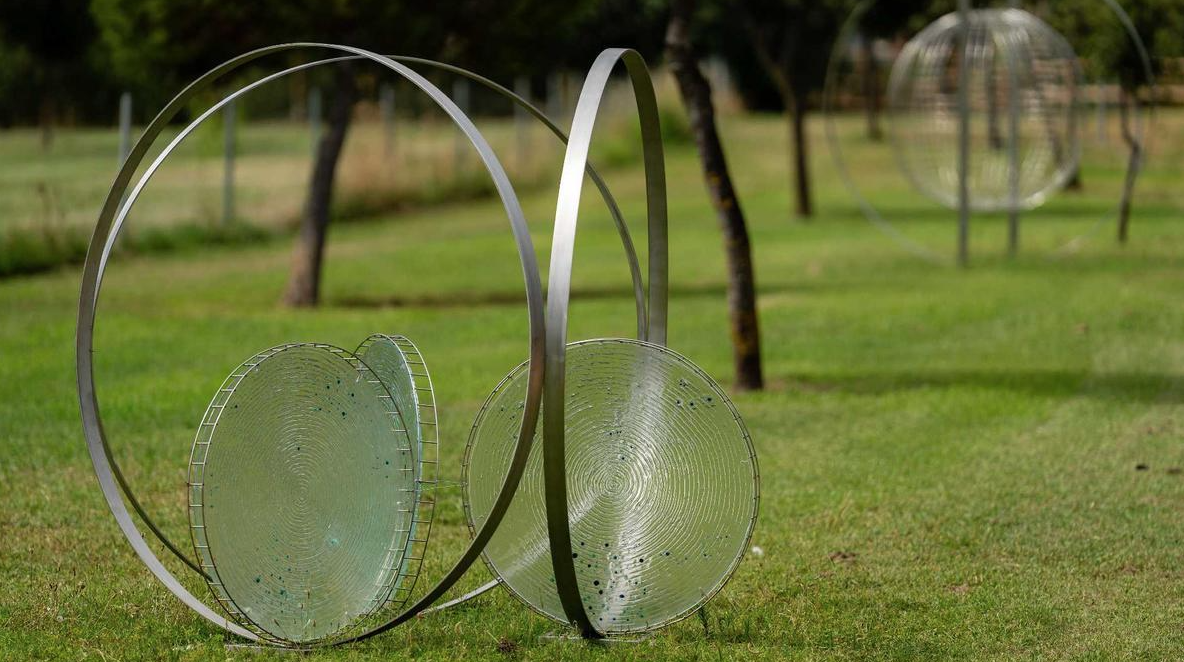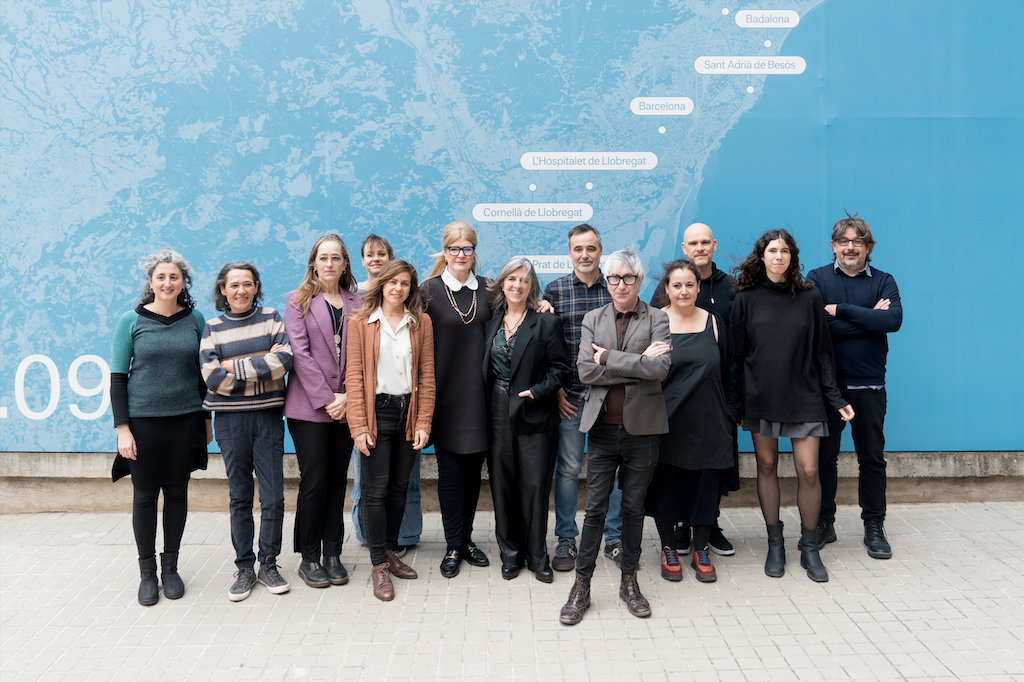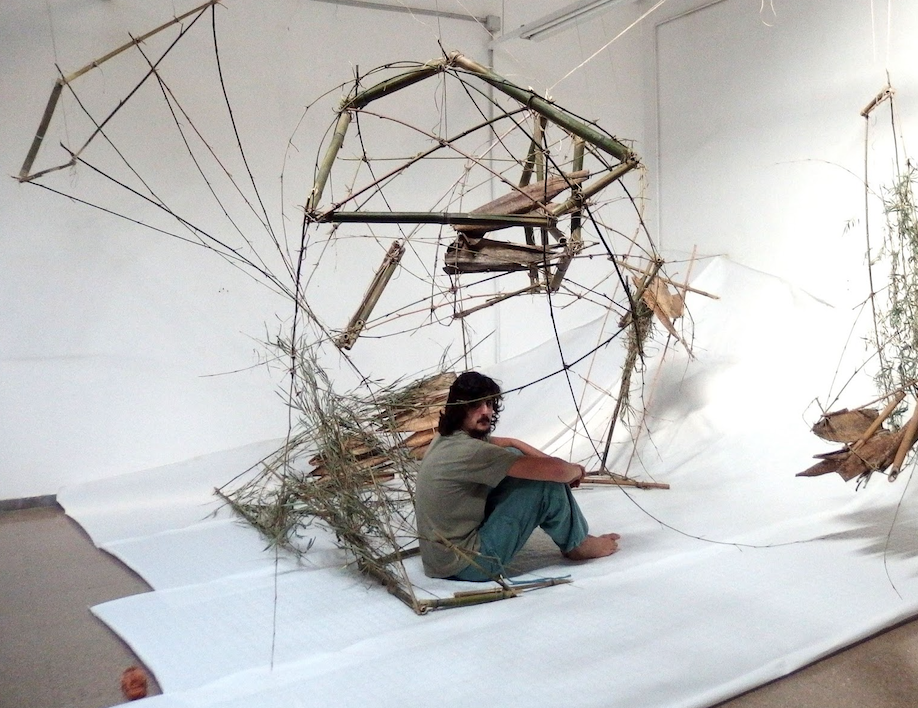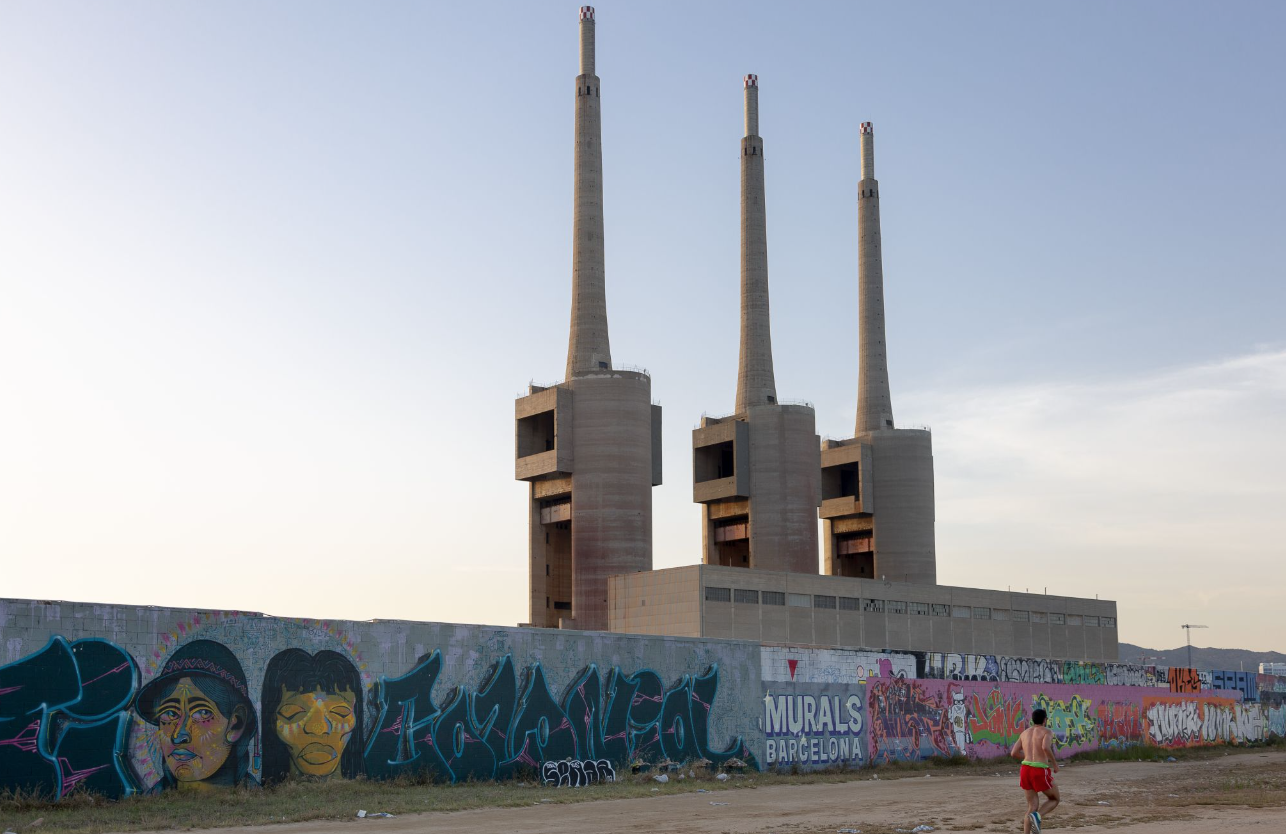Opinion
Hydrofeminisms and other watertopias
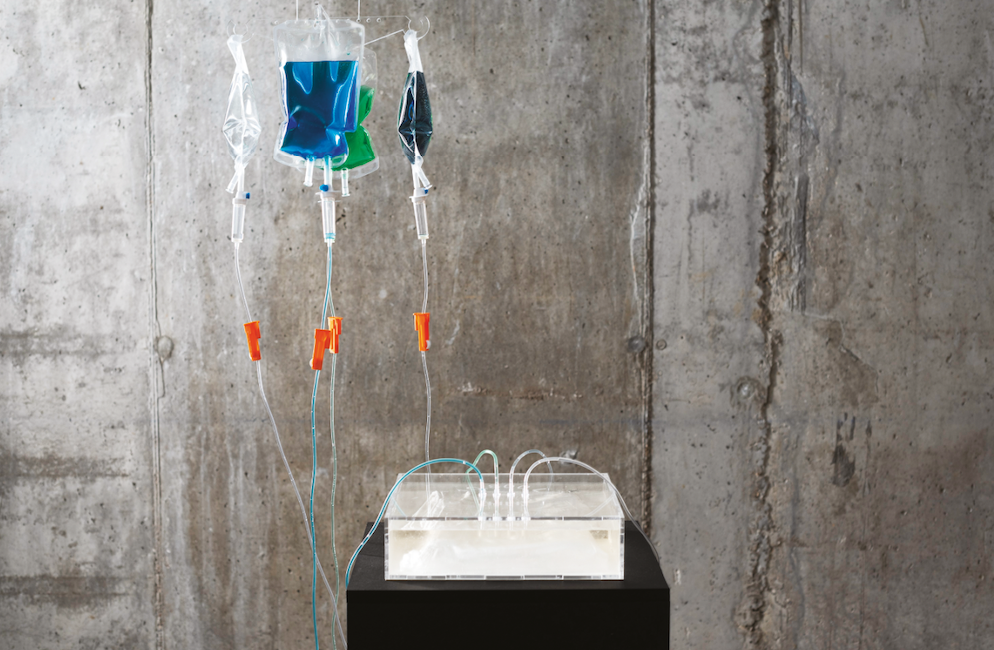
One of the biggest emergencies we face directly affects the fundamental fluid that makes us up. After all, we are between 65 and 75% water, a percentage almost equivalent to what makes up the planet. In addition, the planet's has the same composition and proportion of salts as that which circulates through our body.
How is it possible that we live in such dissonance with respect to the most essential element for the planet and for ourselves? As the philosopher Marta Tafalla points out, we have anthropocentrism so internalized that we have even called a planet three-quarters of which is made up of oceans "Earth", the place where life began and, therefore, reason enough for having called it "Water". The author attributes this to the fact that human beings are a terrestrial species, and with the name Earth we describe ourselves more than the planet itself. But isn't water what gives and sustains life? Just as we talk about the idea of Mother Earth, shouldn't we talk about the concept of "Mother Water"?
Hydrofeminisms, a current of thought that links water and bodies, can help us displace this anthropocentric gaze by proposing the idea of water as a constantly changing body that connects all beings and archives all stories. Its main theorist, Astrida Neimanis, points out that water responds to other logics and patterns, and that it is, at the same time, a conduit and a way of connection. Similar to how ecofeminisms reveal the underlying interconnections within relations of domination and exploitation over women and over nature, hydrofeminisms help explore the power structures that operate in women's relationships with water. Although "the fluid body is not specific to women, watery corporeality remains a feminist issue". Neimanis invites us to "think how a watery body has the potential to bathe new feminist concepts and practices into existence." A particularly urgent approach at a time when water stress will force the displacement of millions of people in the coming years.
In a scenario where there will be less and less access to drinking water, we must start by analyzing what is happening both in our homes and in our cultural institutions: the water footprint in Spain is one of the highest in the world, with a daily average of 6,700 liters per inhabitant. We should also make room for new artistic imaginaries, to think from the water and shorten symbolic distances that help to establish new assemblages when redefining ourselves as humanity and establishing our relationship of eco-dependence with water, to "recognize this watery community connected bodily, where the distinctions between humans and non-humans begin to blur".





